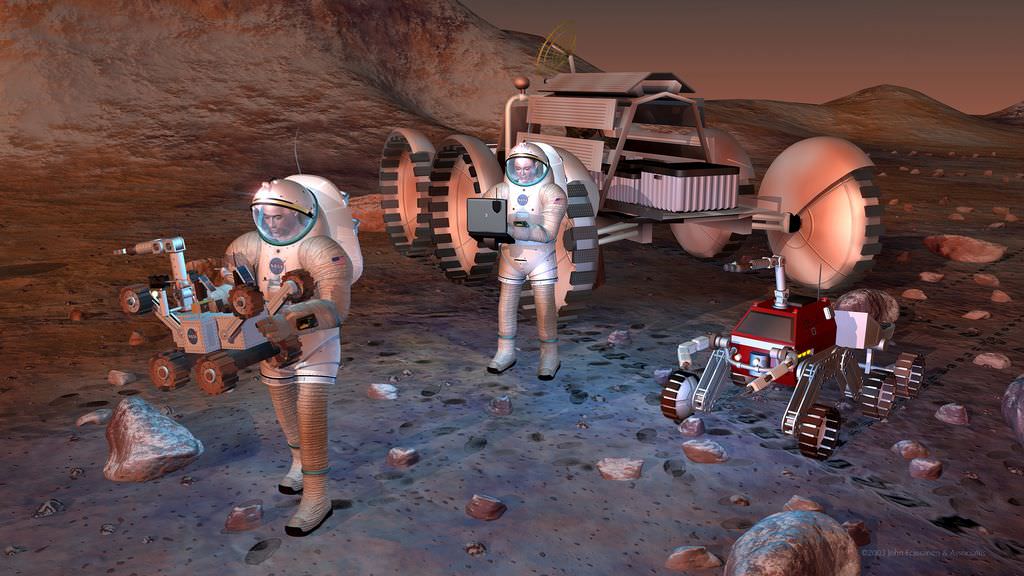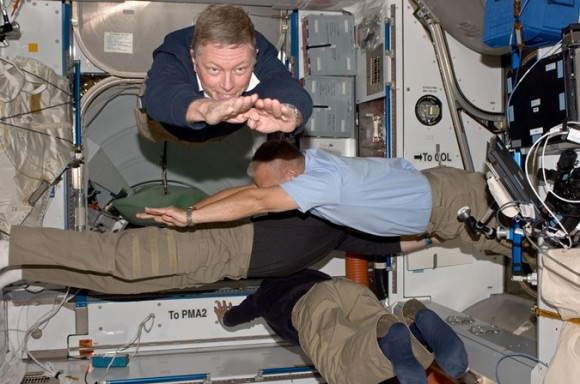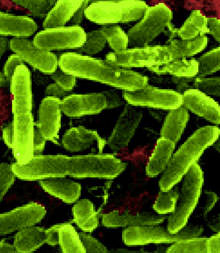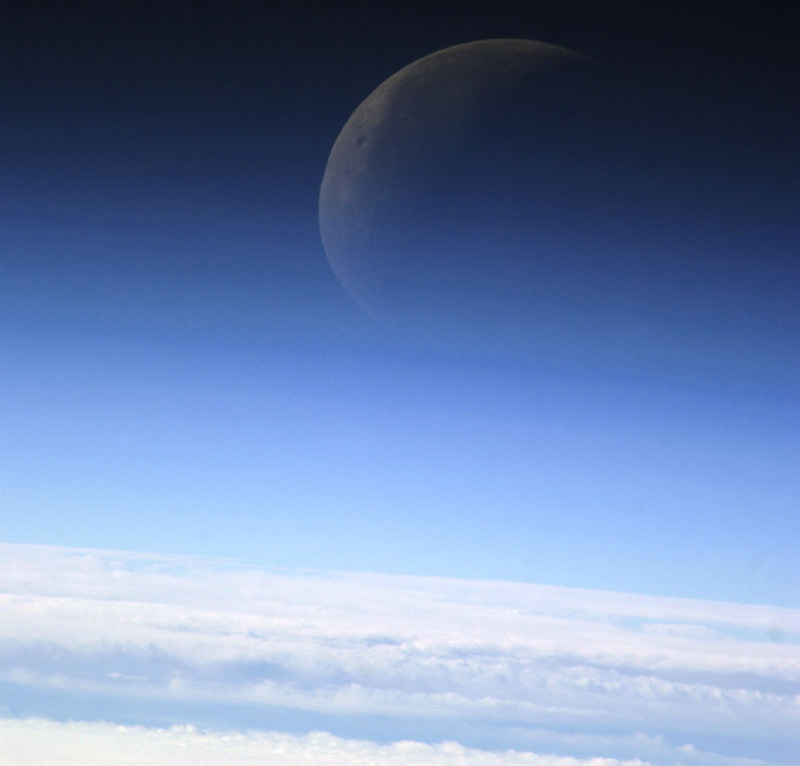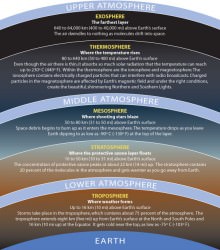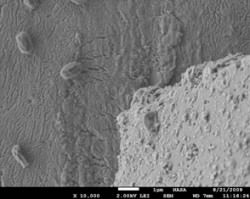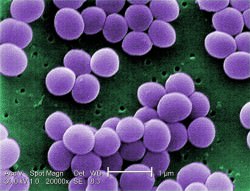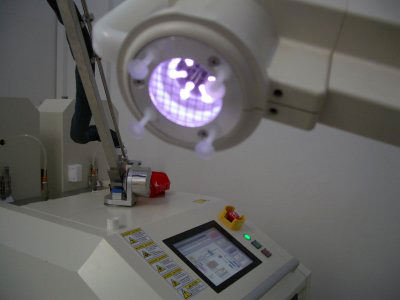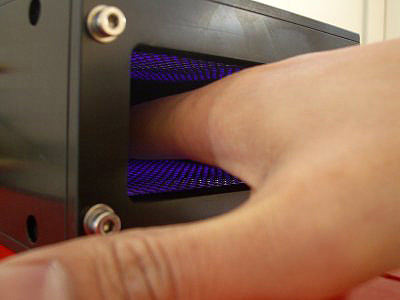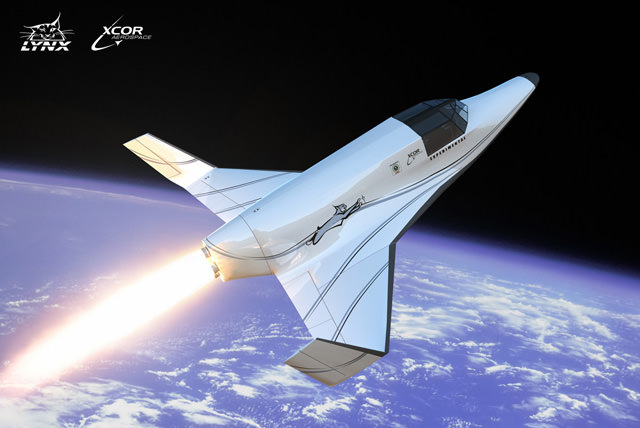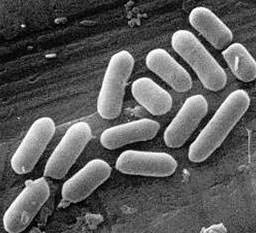Bacteria. They’re so resilient that they can survive just about anywhere on Earth, even in spots of extreme hot or cold. As the sun warms up in the next few billion years, it’s likely that bacteria will be the only living creatures left on the planet, according to new research.
The study not only has implications for human survival — hopefully, our descendants will have left by then — but also our search for life on other planets. By predicting the signature these bacteria leave behind on the atmosphere, we can better hone our search for new planets, the study states.
Earth’s history shows that a species, just like an individual, can expect a lifetime that only lasts for so long. Sometimes a catastrophic event will wipe out a species, like what likely happened to the dinosaurs around 65 million years ago when a huge asteroid hit the Earth. Other times, it’s a slow process that is infinitesimal in an individual’s lifetime, but will eventually lead to changes that are unfriendly for life.
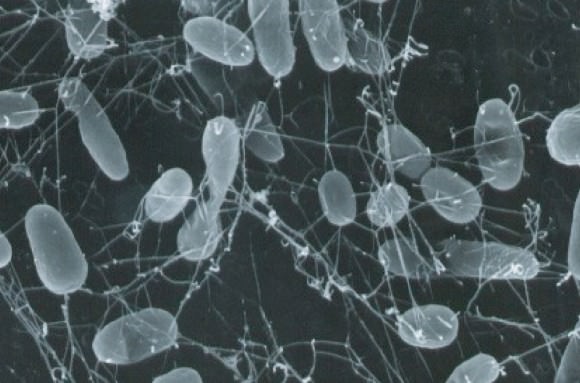
A computer model by Ph.D. astrobiologist Jack O’Malley James, who is at the University of St Andrews, suggests the first changes will take place in only a billion years. He will present his research at the ongoing Royal Astronomical Society national meeting at St. Andrews, Scotland, which is taking place this week.
“Increased evaporation rates and chemical reactions with rainwater will draw more and more carbon dioxide from the Earth’s atmosphere,” the Royal Astronomical Society stated. “The falling levels of CO2 [carbon dioxide] will lead to the disappearance of plants and animals and our home planet will become a world of microbes.”
Earth will then run out of oxygen and begin to dry out as temperatures rise and the oceans evaporate. Around two billion years in the future, there will be no oceans left.

“The far-future Earth will be very hostile to life by this point,” O’Malley James stated. “All living things require liquid water, so any remaining life will be restricted to pockets of liquid water, perhaps at cooler, higher altitudes or in caves or underground.”
Life would disappear almost altogether in about 2.8 billion years.
Thankfully, humans plenty of time to figure out how to get around this problem. In the meantime, we can use the knowledge when seeking life beyond Earth.
Searches these days often focus on finding life like our own, which would leave “fingerprints” behind like oxygen and ozone.
“Life in the Earth’s far future will be very different to this, which means, to detect life like this on other planets we need to search for a whole new set of clues,” O’Malley James stated. “By the point at which all life disappears from the planet [surface], we’re left with a nitrogen:carbon-dioxide atmosphere, with methane being the only sign of active life”.
More information on this research is contained in an April 2013 article in the International Journal of Astrobiology.
Source: Royal Astronomical Society


